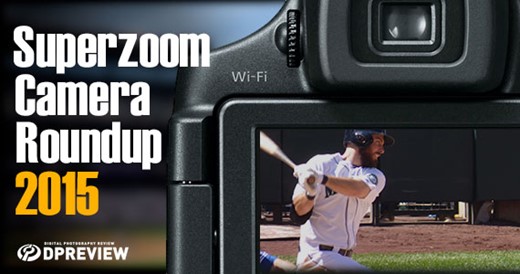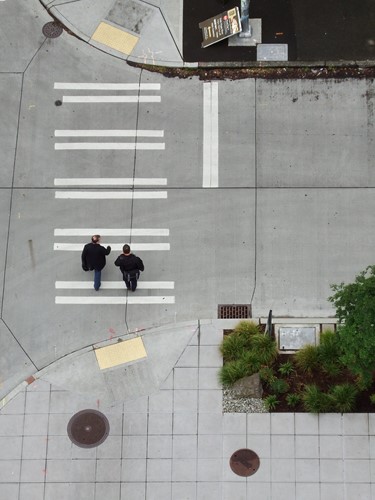
While compact cameras sales continue to slide due to the rise of the smartphone, ‘bridge cameras’�remain popular. Bridge cameras offer zoom lenses exceeding 50X in a body that resembles a DSLR, and more expensive models usually include electronic viewfinders and manual exposure controls.
While the megapixel race has slowly come to a halt, there�s a different kind of battle going on, and that�s over zoom power. Ten years ago superzooms commonly had 10X and 12X lenses, and in 2015 the average is around 50X. Late last year�Canon�s PowerShot SX60 HS hit 65X and in March 2015 Nikon blew away the competition, releasing its Coolpix P900 with an incredible 83X, 24-2000mm equivalent zoom.
 |
| �Shot with the Pentax XG-1. ISO 800, 1/30 sec, F4.5. Shot at an equiv. of 223mm Photo: Wenmei Hill |
Having a long zoom lens isn’t without problems, though. Trying to get a shake-free photo while hand-holding a camera at over 1200mm equiv. isn�t easy, and sometimes requires boosting the�ISO, especially at�lower light levels. This is particularly an issue for the superzooms in this round-up, whose small sensors collect very little light and therefore are generally noisy�to begin with (here’s why).
Another issue with long zooms is atmospheric haze and distortion, caused by light scattering and�changes in refractive indexes of air as heat rises�from the ground. These�noticeably reduce image sharpness, especially on warm days, and the effects can often be visible even when photos are downsized. All�of the issues raised are sacrifices one must make in order to shoot extreme telephoto, be it with a built-in or interchangeable lens camera.
Finally, on the subject of sacrifices,�the small form factor and lower cost of these superzooms come at a hefty�cost compared to larger-sensor counterparts: not only do the smaller sensors yield noisier images, but the small pixels�put high demands on lens’ resolving power. And since these lenses can’t perform miracles, what results are images that won’t be nearly as detailed as similar shots taken on larger-sensor ILCs with equivalent focal length lenses.
In this comparison we looked at five superzooms: the Canon PowerShot SX60, Fujifilm FinePix S1, Nikon Coolpix P900, (Ricoh) Pentax XG-1, and Samsung WB2200F. We�ll cover each of them in-depth and then show how their image and lens quality compares in controlled tests.
To start things off, here�s a table highlighting the similarities and differences between the five cameras:
Specs Compared
As you can see, all five cameras have 16MP BSI-CMOS sensors. While we’ll never know for certain,�it appears that one or two sensors are used for all five of the cameras. In terms of zoom range the Samsung and Canon start out at 20 and 21mm, respectively, versus 24mm on the other three models.�
The two models which lean the most toward enthusiasts are the Canon SX60 and Fujifilm S1, both of which offer a Raw capture mode and have hot shoes. The Fujifilm further differentiates itself by�offering a weather-resistant�body.�
A look at the weight row shows just how much of a monster�the Nikon Coolpix P900 is, and the battery life row below�that shows�the Samsung WB2200F’s huge�advantage over the other four cameras in this regard.
We’ll look at these cameras in alphabetical order, so�we’ll begin with the Canon PowerShot SX60 HS on the following page.
 |
| Shot with the Fujifilm S1. ISO 200, 1/450 sec. F6.4 . Shot at an equiv. of 111mm. Photo Dan Bracaglia |




 Started out doing photography at the age of 6 using an uncle's old 1940 kodak brownie box camera. At 15 years of age, I decided to buy my very own 1975 Praktica SLR camera. I now shoot with a Nikon D850. I do unpaid TFP and commercial paid work.
Started out doing photography at the age of 6 using an uncle's old 1940 kodak brownie box camera. At 15 years of age, I decided to buy my very own 1975 Praktica SLR camera. I now shoot with a Nikon D850. I do unpaid TFP and commercial paid work.